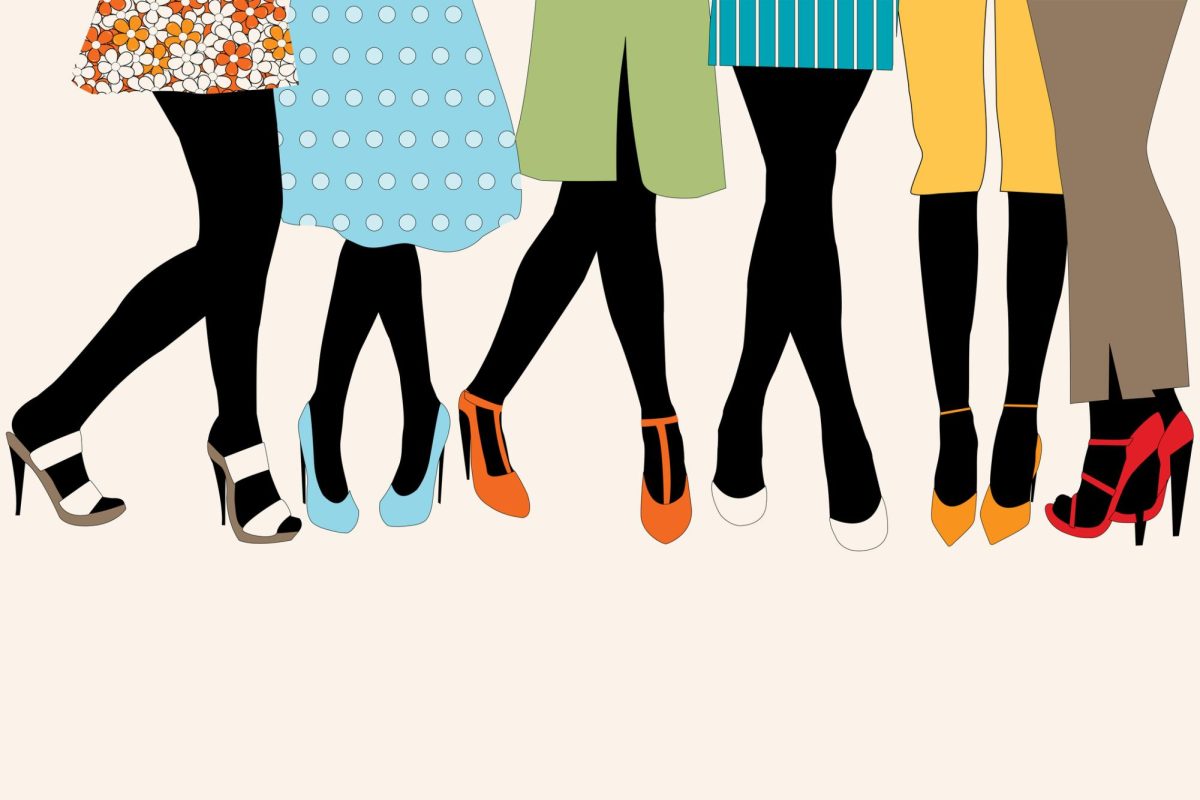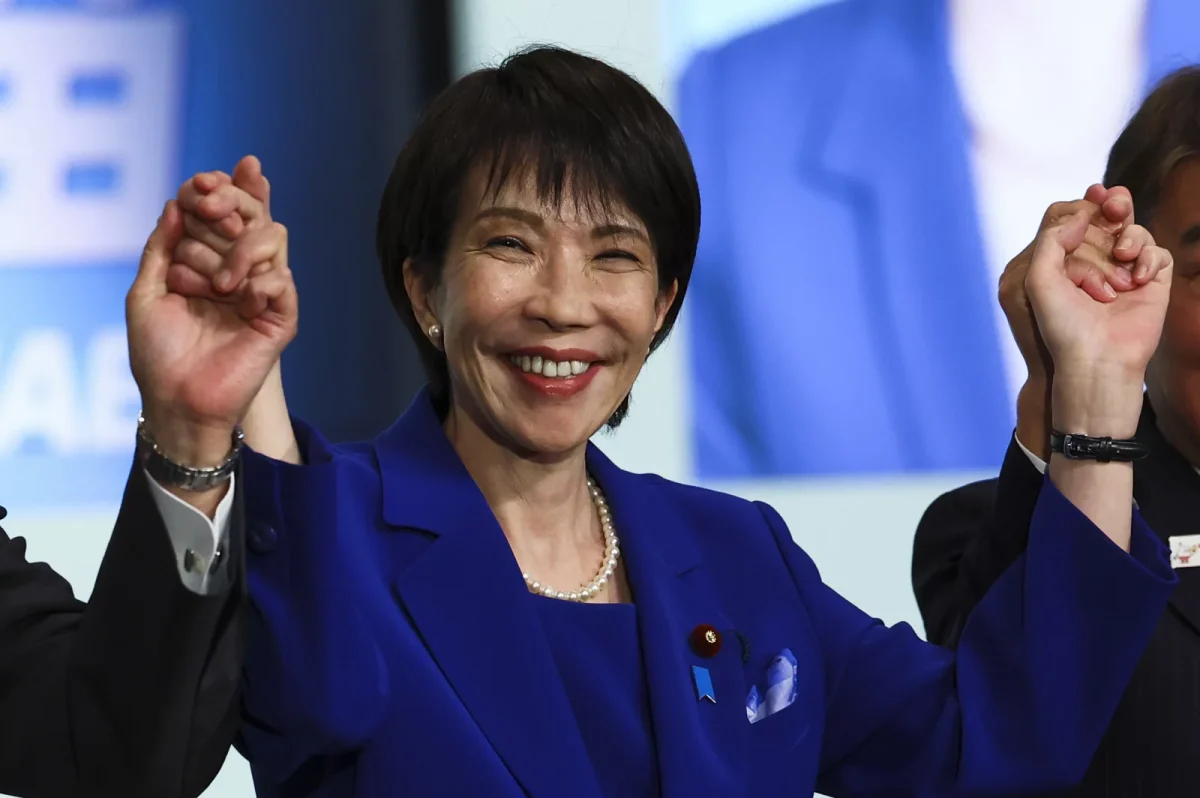Skirts are more than one’s fashion style. Throughout history, skirt length has been a direct predictor of stock prices.
The hemline index establishes a direct correlation between how long typical skirt lengths are and the current state of the economy. The index suggests that when skirt hemlines are shorter, the economy is booming. Conversely, longer skirts suggest a declining economy. In simple terms — the shorter the skirt, the stronger the economy.
The 20s
The Roaring Twenties was a renowned time for “scandalous” fashion, most well-known for shift dresses and flappers. Throughout the decade, the skirt length gradually decreased inch by inch every year.
In 1926, skirts reached their shortest length of the entire decade. This was one of the first times in Western fashion that women’s knees were exposed.
During this time, women were having more fun and enjoying their independence. The strong economy meant the 20s was an infamous time for glitz and glamor.
1929
In 1929, the stock market crashed, and hemlines returned to the lower calf. This change was drastic, and almost overnight, women’s fashion changed to a longer, more conservative style.
“Hemlines rose with the stock market before falling during The Great Depression,” Marlen Komar stated in an InStyle article.
The 30s
Most skirts of the 1930s were below the knee, typically ending around the calf. The lengthening skirt trend signified the economic insecurity of the time.
Women covered up more, as they were not going out and celebrating as often as they did in the decade before. There was mass unemployment and uncertainty, and women showed this economic fear through fashion.
The 40s
In 1941, Pearl Harbor was bombed. Soon after, the United States joined the battle for World War II. Men were drafted off, and women entered the workforce.
Skirts shortened slightly from the 30s and became more practical as women entered the workforce. With their skirts sitting at about a knee length, women were able to perform physical tasks. The economy slowly strengthened from The Great Depression, and women’s skirts slowly decreased in length.
The 60s
The miniskirt became all the rage in the 60s. Women showed more legs than ever before during this time.
America was experiencing an economic boom as unemployment decreased and wages increased. A general economic growth came over the county, and women dressed accordingly, with a fun and youthful style.
The 90s
The early 1990s saw a recession, and the average American consumer was under economic stress. The 1990 recession took about three years to recover and finally improved in about 1993.
When you look at any 90s romantic comedy, such as “10 Things I Hate About You,” you can tell that famous styles of skirts in the 90s were midi and maxi skirts.
Now
It is extremely difficult to determine the typical skirt length of the 21st century. With the emergence of fast fashion, trends are changing not by year, as mentioned previously, but every month.
On top of that, social media has made trends more volatile, and it’s almost impossible to find a common trend for this decade. Unlike previous decades, which can be defined by a handful of fashion items, it seems we’re becoming a generation defined by constant change in trends.









